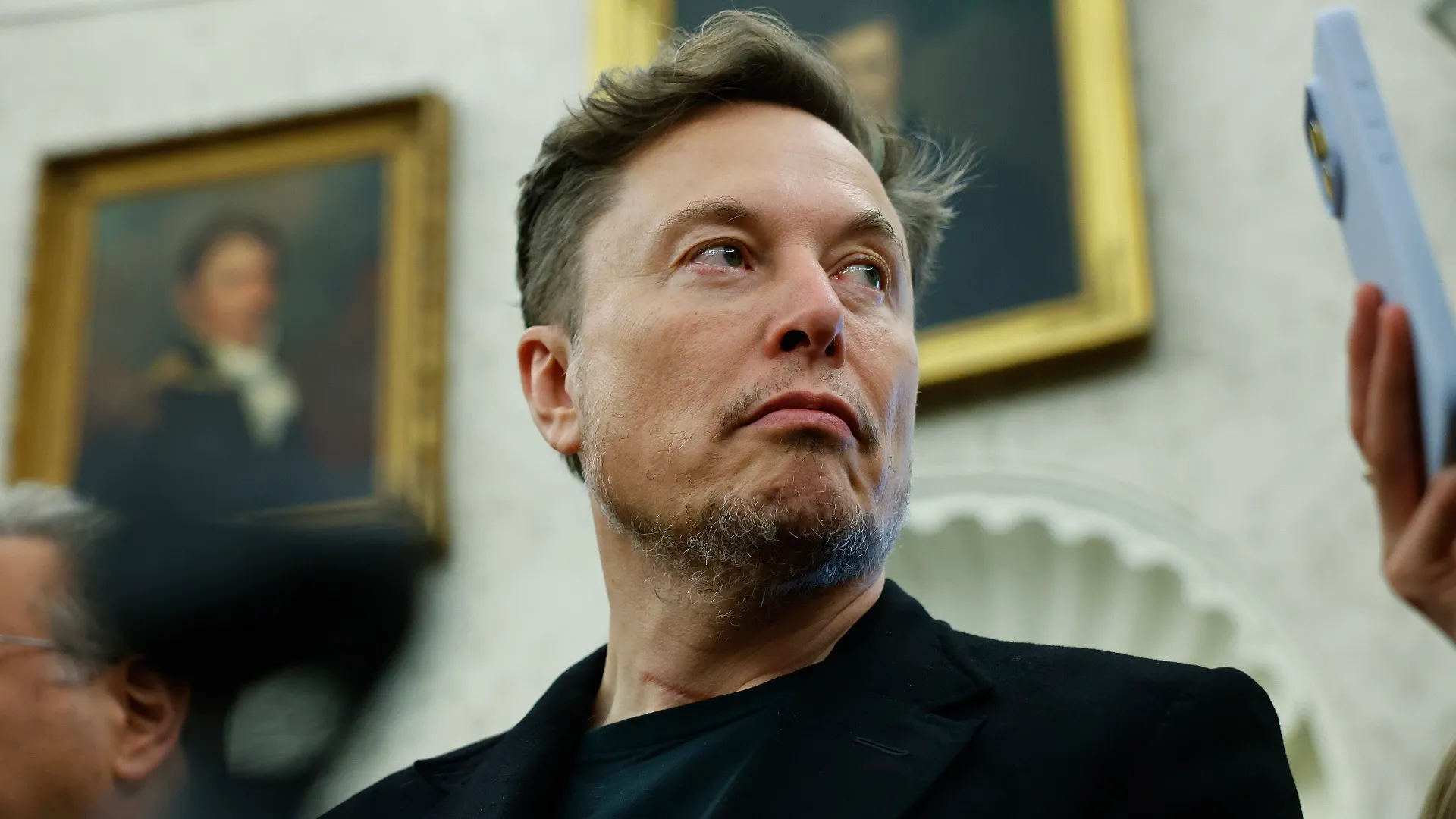Copyright Interesting Engineering

The world’s richest man has entered one of the most controversial climate debates of our time: whether humans should try to cool the planet by dimming sunlight. Early Monday morning, Elon Musk took to X to share his thoughts on solar radiation management (SRM), a geoengineering technique that would involve reflecting a portion of the Sun’s rays away from Earth. As global temperatures edge dangerously close to critical thresholds and international emissions goals continue to fall short, SRM has been gaining attention as a last-resort climate fix. Musk said satellites can be used to control the amount of sunlight that reaches the planet. The concept, known as space-based solar radiation management, would theoretically use mirrors or reflective materials in orbit to bounce sunlight back into space. It’s an idea that blends climate science with aerospace engineering, and one that has split the scientific community down the middle. Musk’s comment was brief, but it carried weight. As the CEO of the world’s largest satellite operator, his endorsement of a space-based approach inevitably sparks speculation about whether SpaceX could one day play a role in such a project. Big ambitions, bigger risks Musk isn’t the first to explore the idea of dimming the Sun. A growing number of startups have begun testing technologies designed to cool Earth’s surface. From injecting reflective aerosols into the stratosphere to launching fleets of orbital mirrors, some have already attracted millions in funding, betting on what they see as the next frontier in climate technology. But experts say these projects are far from deployment. The technical, ethical, and environmental challenges are immense. For one, no one truly knows how altering solar radiation would affect global weather systems. A single miscalculation could disrupt rainfall patterns or cause unpredictable regional cooling. And while Musk’s companies have unmatched reach in space infrastructure, scaling an SRM system to planetary levels is another story. “It would be far easier said than done,” as one analyst put it, especially given that even the most advanced SRM proposals remain largely theoretical. Beyond the science, there’s also geopolitics. Who decides when and how to shade the planet? And what happens if one nation’s cooling efforts trigger droughts in another? These unanswered questions have kept SRM on the fringes of policy discussions, despite rising interest among private players. A billionaire’s new frontier? If SpaceX were to enter the SRM race, it would instantly overshadow smaller startups testing aerosol sprays or orbital reflectors. The company already operates over 6,000 Starlink satellites and has the launch infrastructure to deploy thousands more. That makes Musk’s casual endorsement impossible to ignore. Still, there’s no indication SpaceX is working on SRM-capable satellites. For now, the comment seems more like a thought experiment than a corporate roadmap. Yet Musk’s timing is telling. With heat records being broken year after year, and progress on emissions lagging, even the most radical climate ideas are starting to sound less far-fetched. Whether space-based SRM ever becomes reality remains to be seen, but the fact that Musk is now part of the conversation ensures the idea won’t fade into the shadows anytime soon.



